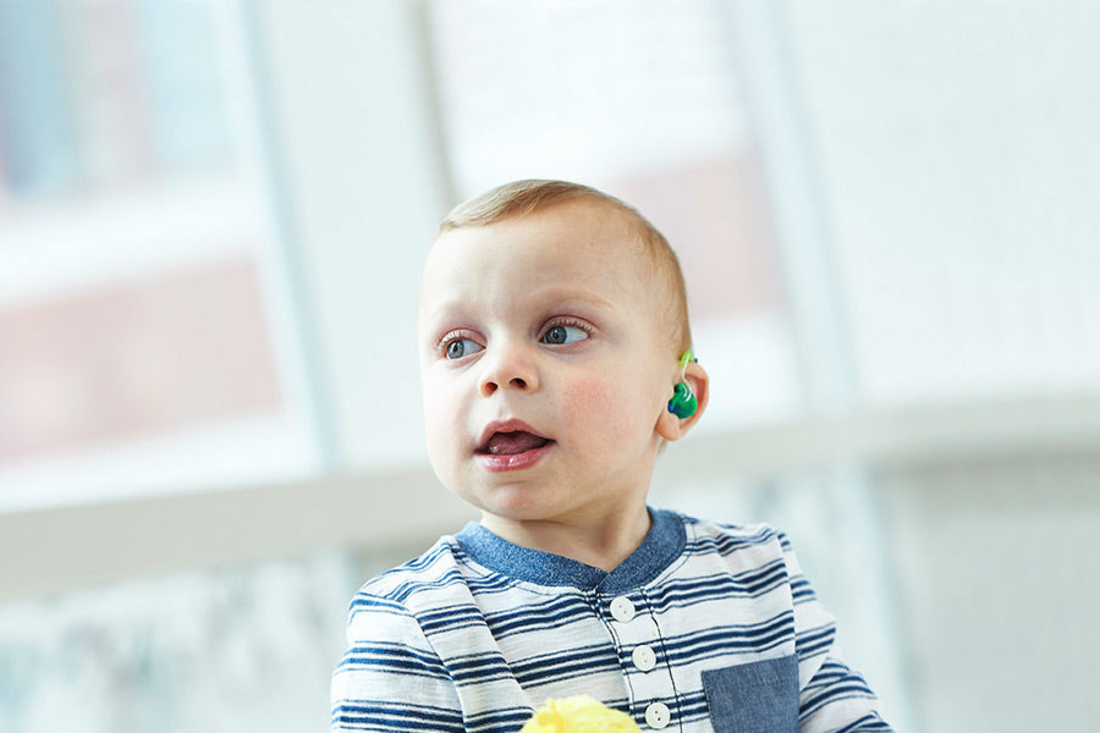Beckwith-Wiedemann Syndrome and Overgrowth Genetics Clinic

Our team at the Beckwith-Wiedemann Syndrome and Overgrowth Genetics Clinic at Children’s Hospital of Philadelphia (CHOP) offers diagnosis, surveillance and treatment for children with Beckwith-Wiedemann Spectrum (BWSp) and other genetic overgrowth conditions. We work closely with your family and your pediatrician throughout your child’s journey.
Beckwith-Wiedemann syndrome can cause several different physical features. Some children may have only one of these features, while other children will have more. Depending on each child’s needs, our clinic has many specialized services available. Some children might benefit from speech therapy or help with eating. Other children might have a risk of developing cancer. We are here to support your child and family in every situation.
How we serve you
We will give your child the very best care. To do this, we have specialized programs that help children depending on their specific needs. Our goal is to build a strong relationship to support you and your child.
-
Cancer Predisposition Program -
Congenital Hyperinsulinism Center -
Developmental and Behavioral Pediatrics -
Endocrinology and Diabetes -
Genetics -
GI, Hepatology and Nutrition -
Orthopedic Center -
Pathology and Laboratory Medicine -
Pediatric General, Thoracic and Fetal Surgery -
Plastic, Reconstructive and Oral Surgery -
Pulmonary and Sleep Medicine Division -
Radiology -
Speech-Language Pathology Department -
Urology
Conditions we treat
-
Beckwith-Wiedemann spectrum -
Lateralized overgrowth (Hemihyperplasia) - Malan syndrome
- Simpson-Golabi-Behmel syndrome
- Sotos syndrome
- Tatton-Brown-Rahman syndrome
- WAGR syndrome

Meet your team
Every expert on your child's team has the same goal: to see your child thrive. We work together to make sure your entire family gets the support you need.

Our locations
Get information about the Beckwith-Wiedemann Syndrome Clinic care we provide at our Philadelphia hospital.

Find a clinical research study
We are constantly striving to make research discoveries that lead to better treatment options.

Beckwith-Wiedemann Syndrome Clinic resources
We have created resources to help you find answers to your questions and feel confident with the care you are providing your child at home.
Give to the Beckwith-Wiedemann Syndrome Clinic
There are many ways to support CHOP’s Beckwith-Wiedemann Syndrome Clinic. A gift of any size can help us make life-changing breakthroughs and advance our work for children everywhere.


